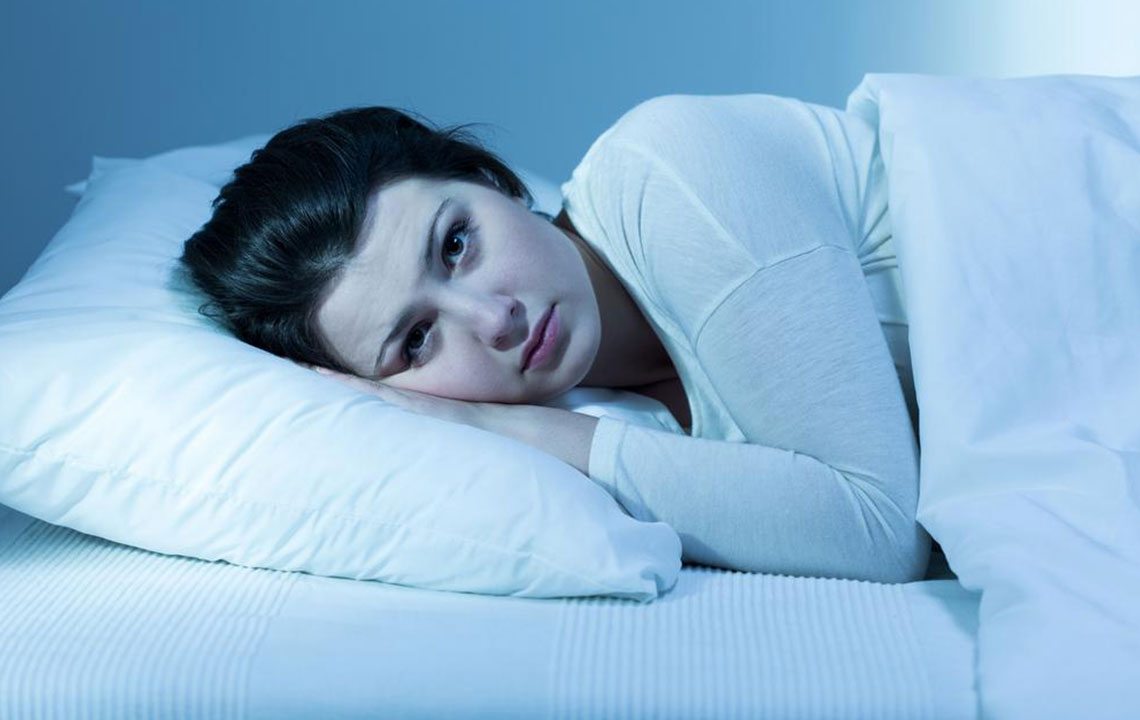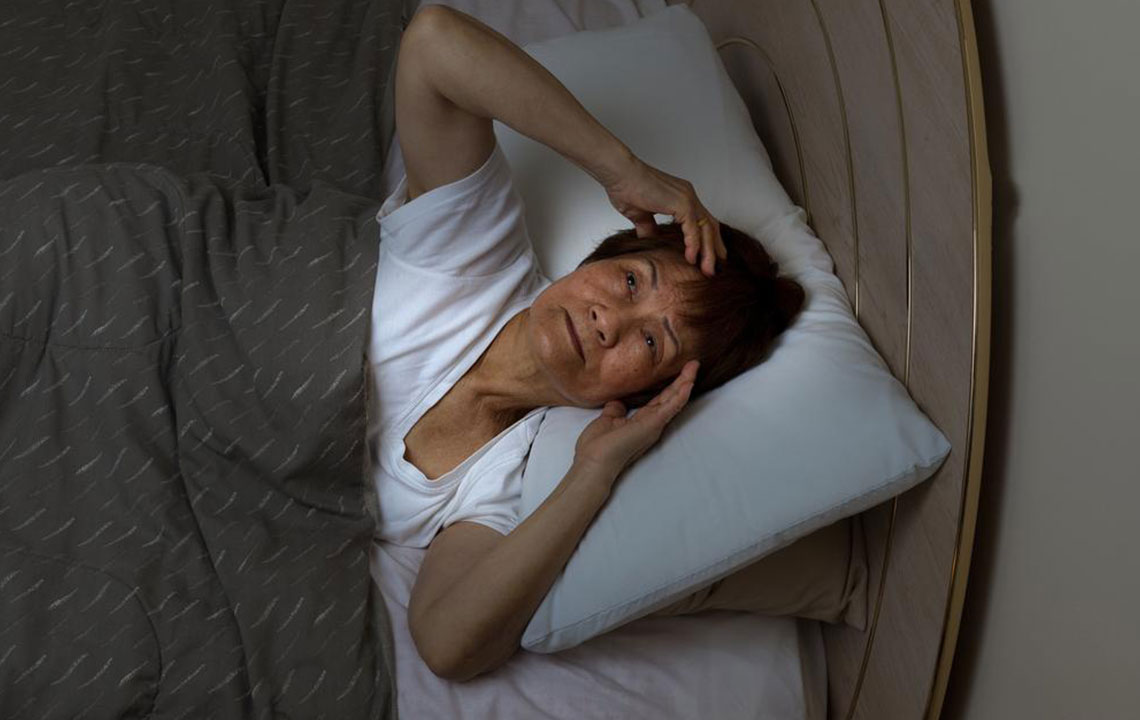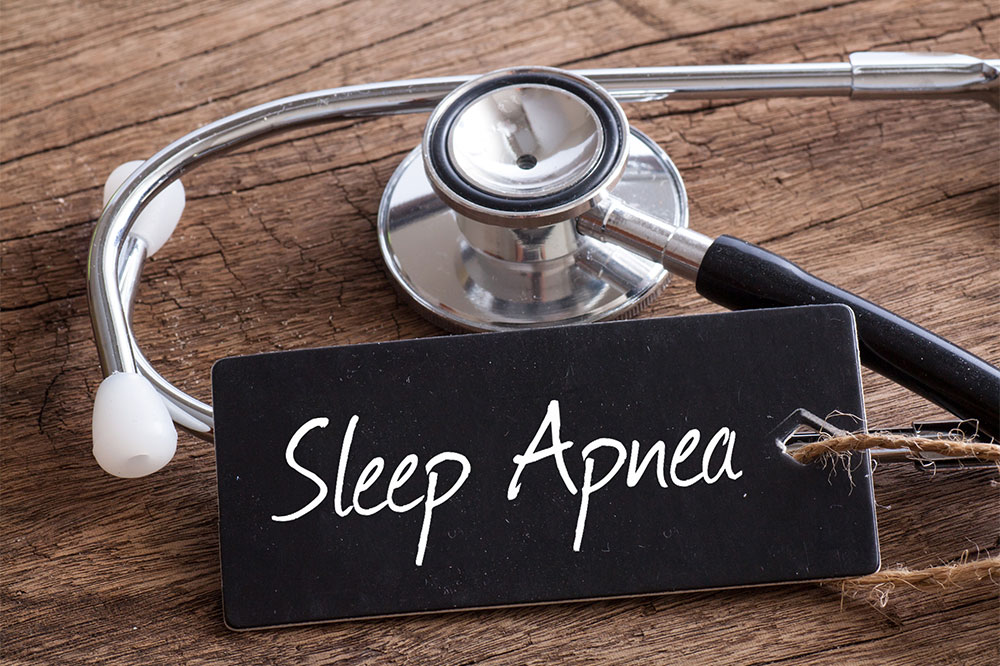Understanding REM Sleep Behavior Disorder: Symptoms and Management
This article explains REM sleep behavior disorder, highlighting symptoms like acting out dreams, safety precautions, and treatment options such as medication and environmental adjustments. It emphasizes the importance of medical guidance for managing this sleep disorder effectively.

Understanding REM Sleep Behavior Disorder: Symptoms and Management
Sleep issues cover a wide spectrum, from bedwetting to chronic insomnia and sleep disturbances caused by neurological decline. REM sleep behavior disorder (RBD) is a prevalent condition affecting many individuals. Here, we provide an overview, key symptoms, and approaches to treatment for RBD.
REM sleep is marked by rapid eye movements, making up about 20% of sleep time, typically occurring in the latter part of the night. During this stage, the body remains largely immobilized.
Most dreaming occurs during REM sleep. In cases of RBD, individuals often act out their dreams, showing behaviors like kicking, punching, or even jumping from the bed. They may shout or make emotional noises. Diagnosis relies on criteria from the International Classification of Sleep Disorders, focusing on repeated episodes of abnormal movements, vocalizations, or complex physical behaviors linked to vivid dreams.
Safety measures are crucial for managing RBD. These include padding around the bed, removing sharp objects, securing windows, and installing barriers. Sometimes, patients and partners sleep separately. Medications like Melatonin can help decrease episodes, while Clonazepam is commonly prescribed but may cause side effects like drowsiness and balance issues.










